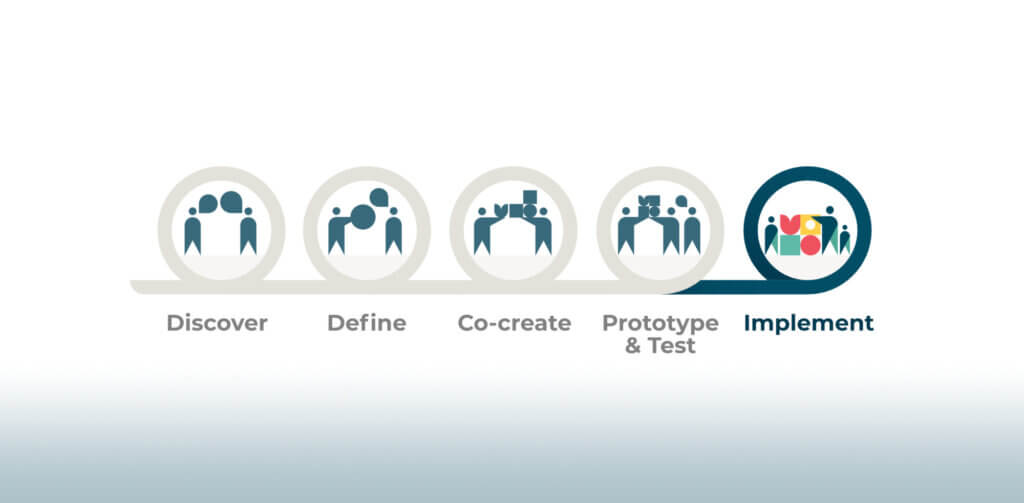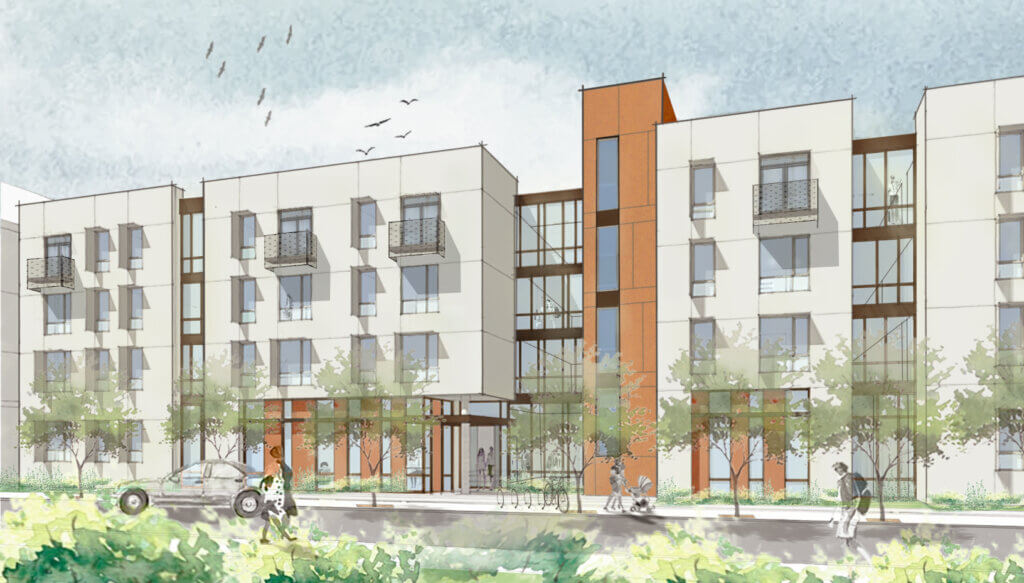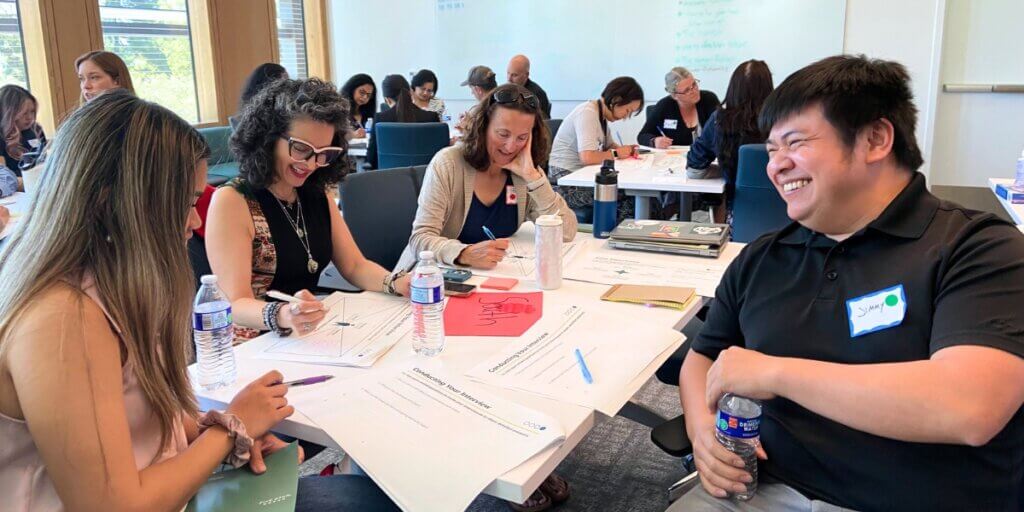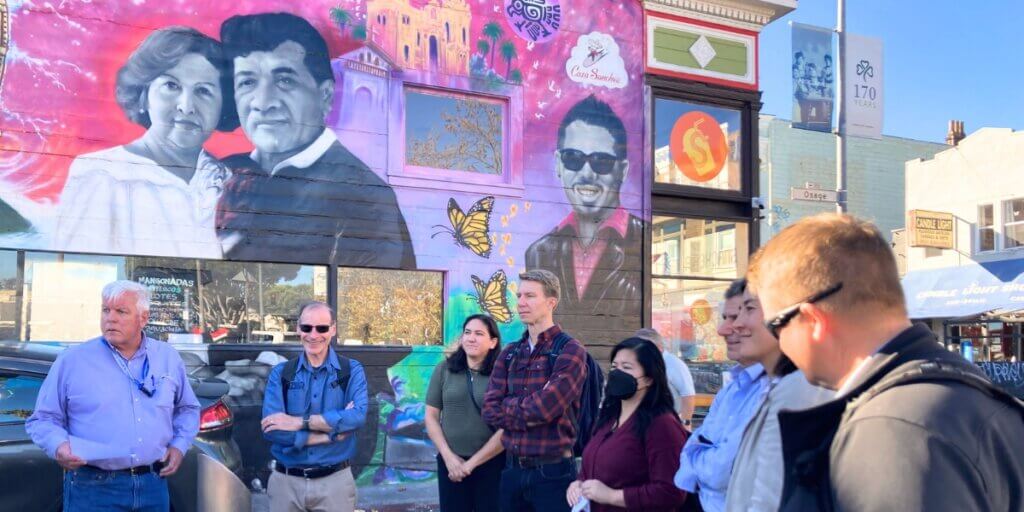Blog Post
Leveraging the Power of Apprenticeships
In a continuation of our work with California’s Employment Training Panel (ETP), we recently wrapped up a 10-month design process…

In collaboration with the Santa Clara County Housing Authority and David Baker Architects, we led a 2-year community engagement process to inform the design of 600+ unit affordable housing development in San Jose. It began pre-COVID with a trilingual outreach campaign and door-to-door outreach and was adapted from in-person workshops to informational videos, online surveys and virtual meetings.
“As the Housing Authority embarked on its largest master planned development to-date, working with the best partners was vital to ensuring success. CivicMakers was a significant partner in that effort. Their professionalism and communication was top notch and their efforts were instrumental in our far-reaching and extensive outreach plan. We happily recommend their services and hope to work with them again in the near future!”
Flaherty Ward Assistant Director of Housing Development & Inter-Agency Relations, Santa Clara County Housing Authority
In a continuation of our work with California’s Employment Training Panel (ETP), we recently wrapped up a 10-month design process…
At the start of June, we kicked off the newest Innovation Team offered by the City of Sunnyvale. This project…



